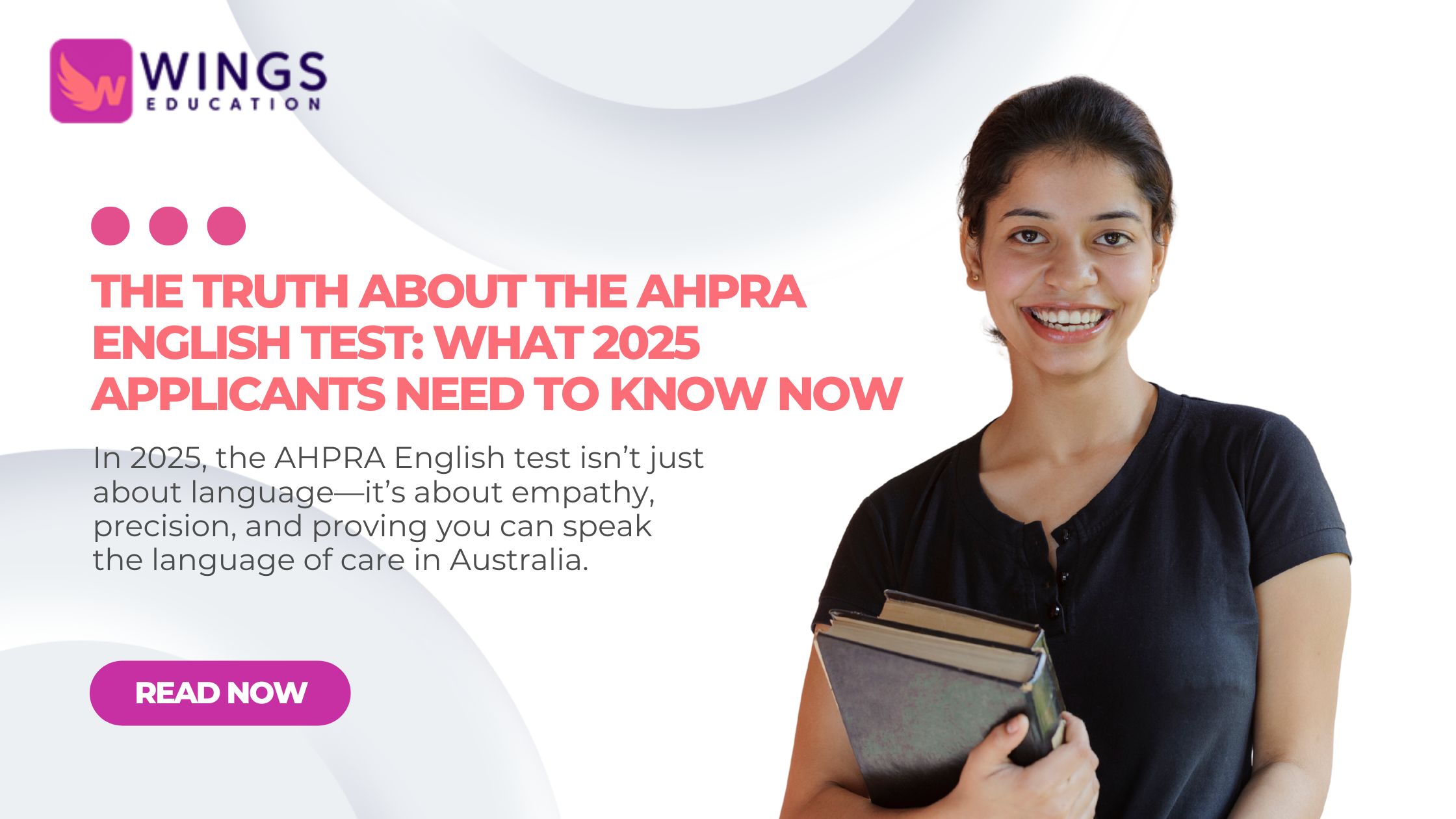
Latest Changes in PTE Core Test Format: What It Means for Your Training
Discover the latest changes in PTE Core test format and learn how to adapt your PTE Core Training for success with updated tasks, timing, and scoring.
English language examinations are constantly changing to fulfill the requirements of academic institutions, professional organizations, and immigration authorities around the world. Among these, the PTE Core test, a flexible and quick computer-based English language evaluation, is becoming increasingly popular.
Pearson introduced a series of adjustments to the PTE Core test format in 2025, which are still in effect. Whether you’re just starting PTE Core Training or are well into your preparation, understanding what these adjustments signify is critical for ensuring that your study time is productive and in line with the new framework.
In this post, we will look at the most recent modifications to the PTE Core test, their possible influence on those taking it, and how you can adapt your training strategy accordingly.
What is PTE Core?
PTE Core is one of Pearson’s primary English language proficiency tests. It focuses on general English abilities and is widely utilized for employment, migration, and some academic applications, particularly in Canada and Australia. Unlike PTE Academic, which focuses on academic English, PTE Core assesses day-to-day communication abilities that professionals and migrants require in real-world situations.
PTE Core is now much more linked with real-world English use, according to its new format, but test-takers must still prepare wisely.
An overview of the most recent changes in the PTE core exam format
Pearson announced various improvements to the PTE Core test structure to keep it relevant and fair while still offering a clear picture of a person’s language abilities. The key alterations are:
• Modified task types for clarity and reduced ambiguity.
• Improved skill weighting to better reflect integrated language skills.
• Test duration has been reduced somewhat.
• Updated scoring criteria to improve fairness and accuracy.
Let’s look into these developments in greater detail.
1 Refined task types.
One of the most major modifications is to the structure and design of individual test tasks. Pearson has refined key task instructions and presentation formats to reduce misunderstanding and focus more clearly on what is being assessed.
For example, exercises like Read Aloud and Repeat Sentence now have more uniform visual design. The goal is to guarantee that your performance represents your actual language skills, not your ability to navigate exam mechanics.
Furthermore, several lower-impact activity categories have been phased out or combined. This streamlining reduces redundancy and prioritizes tasks that better anticipate real-world language use.
2. Balanced Skill Weighting
In past versions of the PTE Core, some test takers believed that certain components, such as Speaking or Reading, had disproportionate weight in the final result. Pearson has responded to this feedback by modifying their scoring mechanism.
The new PTE Core format provides a more balanced examination of speaking, writing, reading, and listening skills. Integrated tasks remain key to the test, therefore PTE Core Training must continue to focus on developing strong, interconnected language abilities rather than isolated ones.
For example, tasks like Summarize Spoken Text and Write from Dictation will continue to examine several language skills at the same time, but the overall test now rewards more consistent performance across all areas.
3. Changes to timing
One of the most useful modifications is the small reduction in total test length. The PTE Core test now lasts between 1 hour 45 minutes and 2 hours, down from the old format of 2+ hours.
This update is intended to improve the test experience while maintaining dependability. It also reflects Pearson’s efforts to develop a test that is more compatible with modern attention spans and testing conditions.
For those currently enrolled in PTE Core Training, time management skills should be reviewed. You’ll need to practice sustaining focus and energy for a shorter test period, especially in the second half of the exam, where fatigue might impair performance.
4. Updated Scoring Criteria
Certain skills’ scoring methods have undergone subtle but significant adjustments. Pearson’s automated scoring systems now provide more refined analysis of pronunciation, fluency, and grammatical range.
It is important to highlight that these improvements are not intended to make the test more difficult, but rather to make it more equitable and reflective of true language skills. The new grading criteria indicate that surface-level techniques, such as speaking rapidly and without clarity, are less likely to produce high ratings.
Effective PTE Core Training must now prioritize precision, clarity, and coherence over speed and surface performance tactics.
How These Changes Will Affect Your PTE Core Training
The changes to the test structure have an obvious impact on how applicants should prepare. If you expect to take PTE Core this year or next, your training method should alter to accommodate the new format.
Integrated skills are key.
Because of the emphasis on integrated skills, effective PTE Core Training should continue to include assignments that require reading, writing, listening, and speaking. Practicing these tasks in isolation will no longer suffice; you must have the capacity to switch between talents smoothly.
For example, in activities requiring you to listen to a lecture and then explain it in writing, both comprehension and excellent written communication are essential. Training should consequently incorporate exercises that simulate these real-world issues.
Integrated skills are key.
Because of the emphasis on integrated skills, effective PTE Core Training should continue to include assignments that require reading, writing, listening, and speaking. Practicing these tasks in isolation will no longer suffice; you must have the capacity to switch between talents smoothly.
For example, in activities requiring you to listen to a lecture and then explain it in writing, both comprehension and excellent written communication are essential. Training should consequently incorporate exercises that simulate these real-world issues.
Precision is more important than ever.
The updated grading criteria place an even greater emphasis on precision. Training should consequently move away from repeated drilling and toward quality and control.
For speaking duties, this entails carefully honing pronunciation, intonation, and rhythm. Grammar, coherence, and language utilization must be refined for writing purposes. The days of using “hacks” to game the system are basically passed.
Adaptability is critical.
Finally, it is important to note that the PTE Core format may alter in response to continuous feedback and advances in language assessment technologies. This means that your PTE Core Training should promote adaptability.
Rather than preparing rigidly for a fixed test framework, strive to develop adaptable language abilities that will serve you well regardless of minor format changes. This mentality not only prepares you for the test, but also for the more general language issues you’ll face in academic or professional contexts.
Final Thoughts
The most recent improvements to the PTE Core exam format reflect a continuous attempt to make English language testing more equitable, efficient, and responsive to real-world communication needs. For exam takers, these improvements mean that preparation methods must evolve as well.
To increase your PTE Core Training, focus on developing integrated skills, practicing under realistic time restrictions, stressing precision and clarity, and developing flexible language abilities, whether working with a coach,
By adhering to these principles, you can approach the revised PTE Core exam format with confidence and a training regimen that will prepare you for success.























